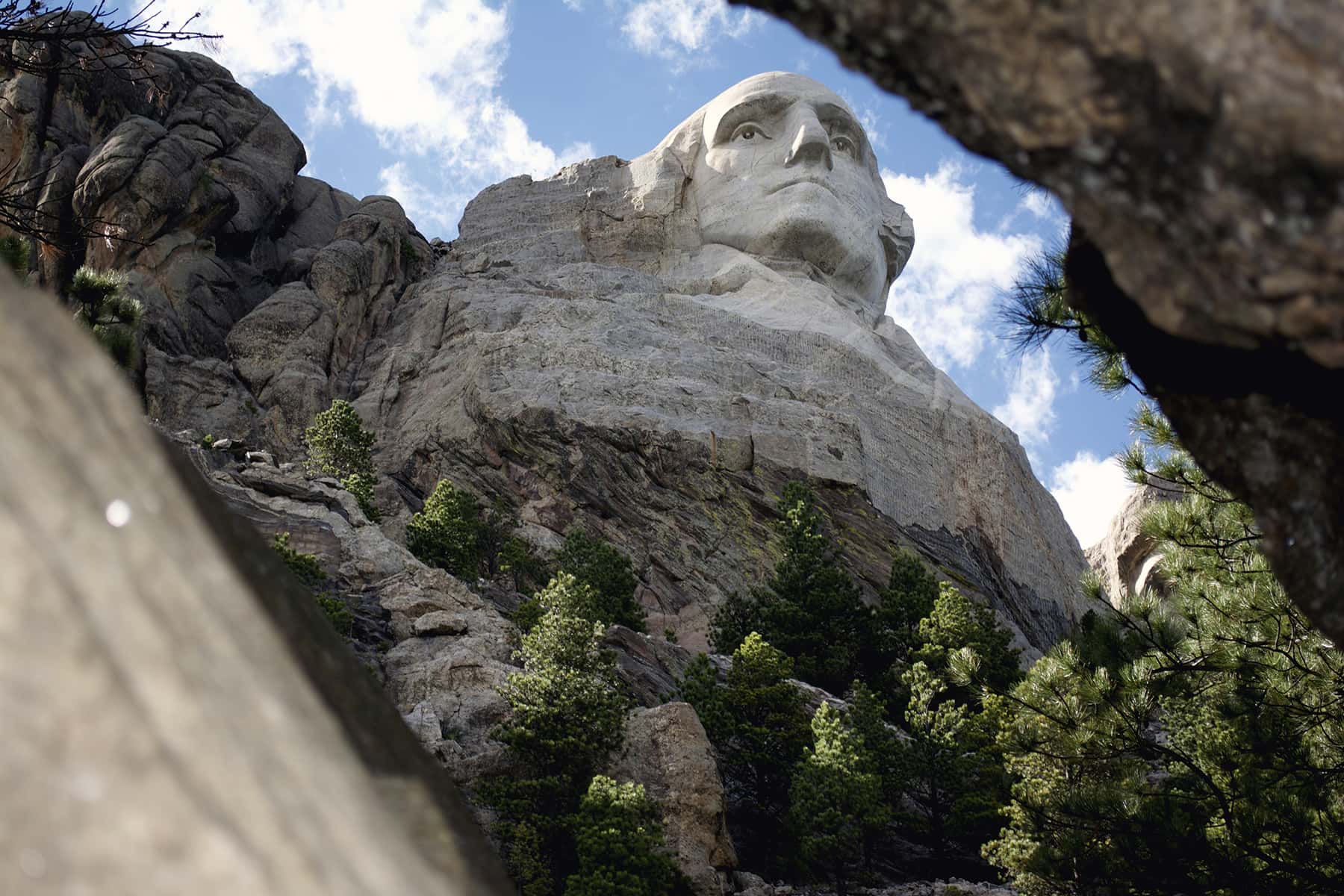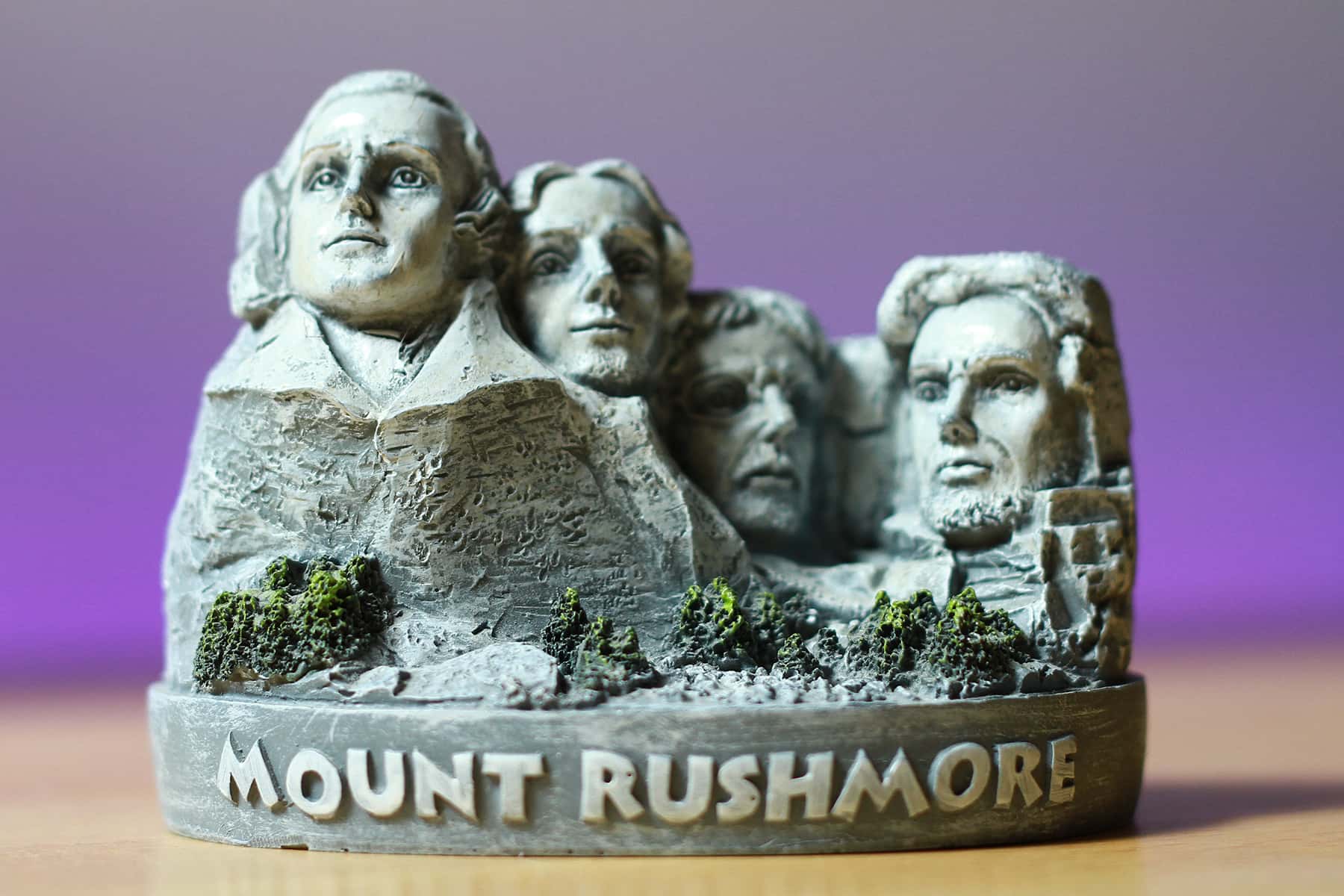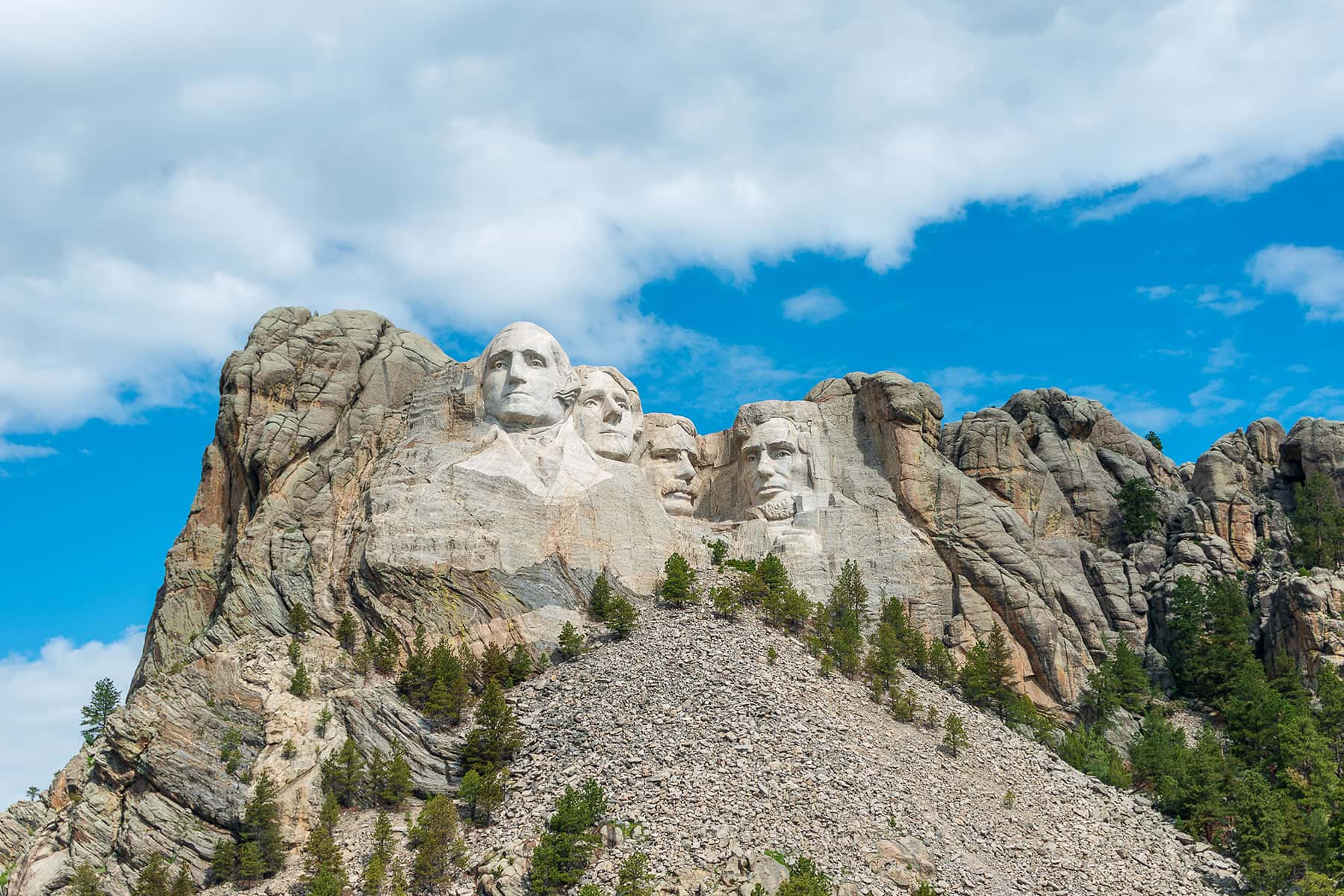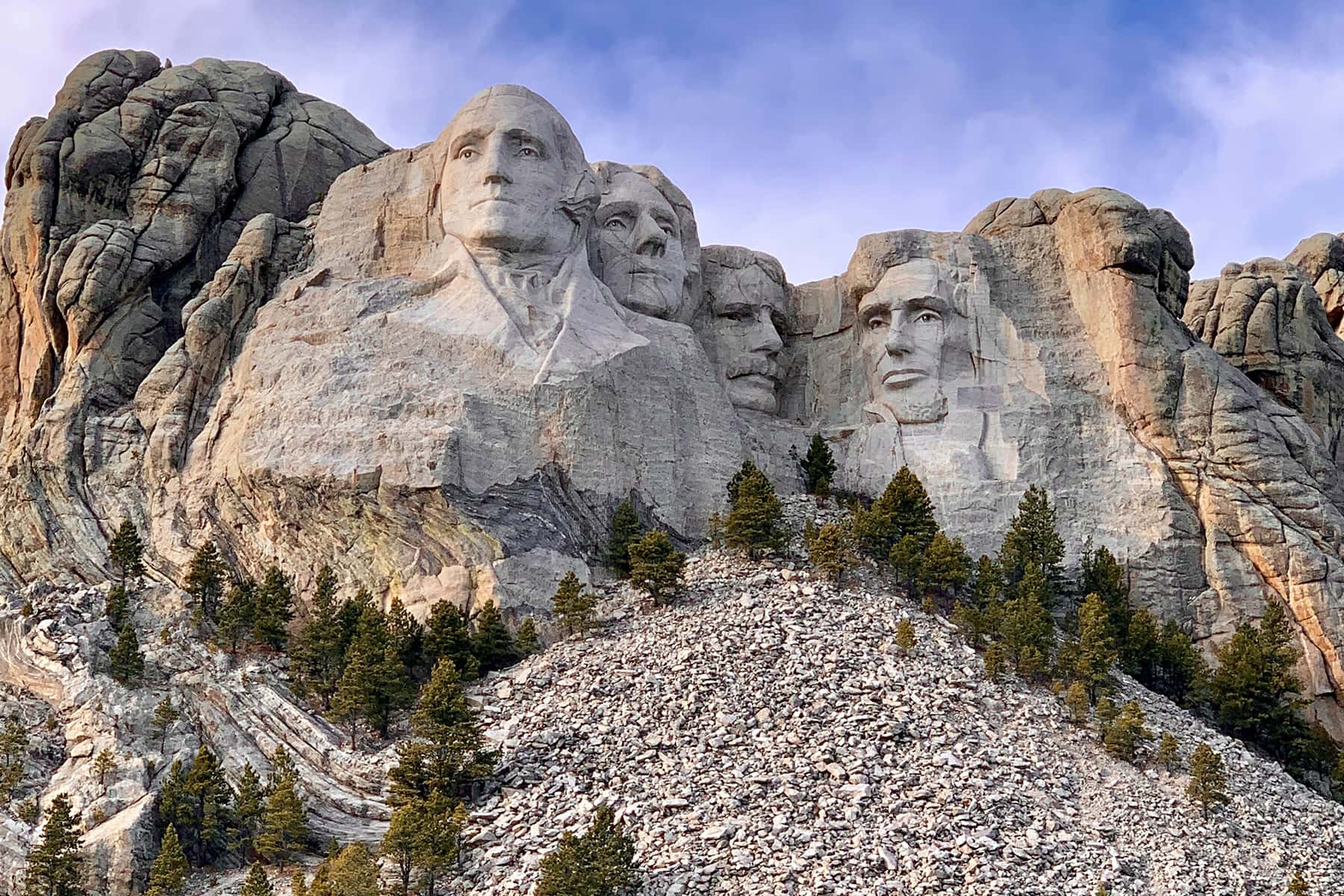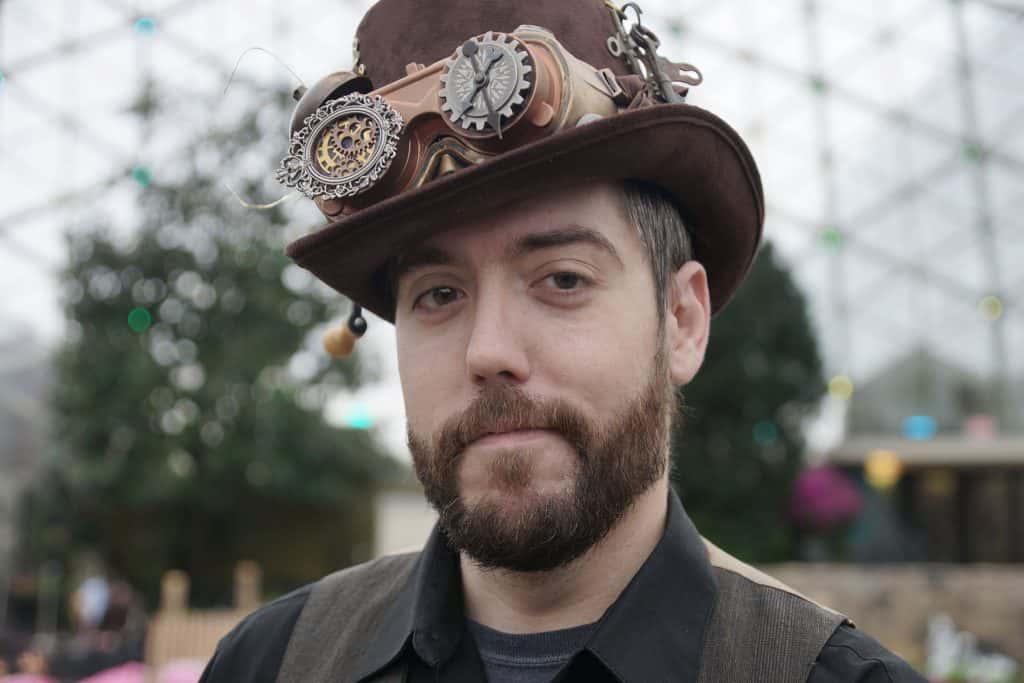
“Most of my heroes don’t appear on no stamps.” – Public Enemy, Fight the Power, 1989
Over the past several weeks many venerated American heroes have had their status challenged by the current movement for social justice and reckoning with the history of systemic racism. Statues and other monuments have been removed, or torn down; names have been removed from buildings and college campuses. It is a moment that America has avoided for far too long. As a result, it is making some Americans very nervous about what hero of theirs is next in line. For others it has felt like a movement of slowly but surely purifying America.
Some Americans, particularly whites, have revered these heroes of theirs and see it as disrespectful to “erase” their memories by removing these statues and other monuments of their accomplishments and contributions to America. From that perspective it makes sense. However, these men and women that they’ve idolized have backstories. Without the historical context related to these American heroes the removals might not seem sensible.
These backstories are well known to people of color, because in many ways, these white heroes were central characters in the racism, discrimination, and genocidal acts perpetrated against them. These stories may have been left out of the history books, but they live in the collective memories of people of color. We have not forgotten the stories, even if white people have. Some of these stories have been intentionally left out of our history books by white historians who are supposed to be unbiased and objective researchers and tellers of history. We know that this idea of academic objectivity has consistently been a fallacy in America.
“Until the lions tell their tale, the story of the hunt will always glorify the hunter.” – African Proverb
The revelations about exalted Americans that are being exposed today are new stories to most white Americans. How many people were taught about the racism of Presidents George Washington, Woodrow Wilson, and Theodore Roosevelt? Not many, because of the absence of their racism in the multitude of biographies and autobiographies we were forced to read in high school and college history classes. Some argue that these seemingly newly revealed stories don’t paint a nuanced picture of the depth of the lives of these heroic figures. The stories are not new. They have been well known for a long period of time.
I would suggest that a nuanced telling of their stories includes the good as well as the bad. I’ll give this example for comparison. Many of us are old enough to remember OJ Simpson as a remarkable football player, but he is more well known for something else in the minds of most Americans now. This is what nuance is. The Good, the Bad and the Ugly was a Spaghetti Western staring Clint Eastwood in 1966. The title is an appropriate way to describe what historians should incorporate in their tales of Americas’ favorite sons.
Andrew Jackson is known as “Old Hickory” by whites but is known as the “Indian Killer” and “Sharp Knife” by the Cherokee Nation of Native Americans. George Washington is known as the “Father” of this country by most, but Native Americans called him “The Town Destroyer” for ordering troops under his command to level Native American communities, murdering young and old alike.
“The immediate objects are the total destruction and devastation of their settlements and the capture of as many prisoners of every age and sex as possible. It will be essential to ruin their crops now in the ground and prevent their planting more… It should be previously impressed upon the minds of the men wherever they have an opportunity, to rush on with the war and fixed bayonet — Nothing will disconcert and terrify the Indians more than this.” – Letter To Major General John Sullivan by George Washington May 31, 1779
“Destroying not only the men but the settlements and the plantations is very important. All sown fields must be destroyed and new plantations and harvests must be prevented. What lead can not do will be done by hunger and winter.” – Orders by General George Washington to attack the Iroquois Confederation, June 1779
One of the most esteemed monuments to American heroes is Mount Rushmore in South Dakota where two to three million visitors per year come to celebrate four American heroes. The National Park Service (NPS) describes the national memorial using this flowery language.
“Majestic figures of George Washington, Thomas Jefferson, Theodore Roosevelt and Abraham Lincoln, surrounded by the beauty of the Black Hills of South Dakota, tell the story of the birth, growth, development and preservation of this country. From the history of the first inhabitants to the diversity of America today, Mount Rushmore brings visitors face to face with the rich heritage we all share.”
“Stealing our land and then carving the faces of four white men who were colonizers, who committed genocide against Indigenous people, is an egregious act of violence.” – Nick Tilsen, president and CEO of the NDN Collective.
Mount Rushmore was carved by dynamiting 450,000 tons of stone from the Black Hills starting in 1927. Sculptor John Gutzon de la Mothe Borglum was hired to do the work. He had previously fashioned a colossal head of Abraham Lincoln, which was placed in the rotunda of the U.S. Capitol Building where it remains today.
Helen Plane, President of United Daughters of the Confederacy commissioned Borglum to carve Robert E. Lee, Stonewall Jackson, and Jefferson Davis on horseback followed by a column of soldiers at Stone Mountain, Georgia in 1923. He was eventually fired from the project on February 25, 1925 when his Georgia backers discovered his interest in the Mount Rushmore project. He used an ax to destroy his models of Stone Mountain before being driven out of Georgia by an angry mob.
His original design was used to complete the project which was finally completed five decades later. He had ties to the the Ku Klux Klan. Borglum “became deeply involved in Klan politics,” John Taliaferro writes in Great White Fathers, his 2002 history of Mount Rushmore. Smithsonian Magazine reported, “In letters he fretted about a “mongrel horde” overrunning the “Nordic” purity of the West, and once said, “I would not trust an Indian, off-hand, 9 out of 10, where I would not trust a white man 1 out of 10.”
I’m astounded by the National Park Service description of Mount Rushmore considering the ugly history of the theft of the Black Hills of South Dakota. The sacred homeland of the Lakota Sioux was stolen by the U.S. government. To this day the Sioux are trying to get the land back. Roxanne Dunbar-Ortiz wrote in her book, An Indigenous Peoples’ History of the United States that after gold was discovered in 1870 whites flooded the area looking for riches.
She wrote that, “Due to a decade of intense protests and occupations by the Sioux, on July 23, 1980 in United States v. Sioux Nation of Indians, the US Supreme Court ruled that the Black Hills had been taken illegally and that renumeration equal to the original offering price plus interest—nearly $106 million—be paid. The Sioux refused the award and continued to demand return of the Black Hills. The money remained in an interest-bearing account, which by 2010, amounted to more than $757 million. The Sioux believe that accepting the money would validate the US theft of their most sacred land…That one of the most impoverished communities in the Americas would refuse a billion dollars demonstrates relevance and significance of the land to the Sioux.” To this day the award is worth over $1 billion, but the Sioux Nation stands by their principles and refuses to accept the money.
The four men on Mount Rushmore, Washington, Jefferson, Roosevelt and Lincoln each have a hallowed place in the story of America.
“The purpose of the memorial is to communicate the founding, expansion, preservation, and unification of the United States with colossal statues of Washington, Jefferson, Lincoln, and Theodore Roosevelt.” – National Park Service website
The problem in this description is the lack of context about how the founding, expansion, preservation and unification of the country negatively impacted people of color. There is no doubt that these four men were important leaders whose contributions are very important to the country, but it does not mean that we should whitewash their memories. The American Museum of Natural History in New York City removed a racist equestrian statue of Theodore Roosevelt from its front steps on June 21. The New Yorker Magazine recently described the statue. “Roosevelt towers over an indigenous man and a black man, whose roles in the bronze — beyond literalizing the myth of white supremacy through their subordinate placement — are to carry Roosevelt’s guns.”
President Theodore Roosevelt along with Alexander Graham Bell, John D. Rockefeller, Jr., and many other prominent citizens were outspoken supporters of the Eugenics Movement. The term eugenics was first coined by Francis Galton in the late 1800’s and comes from the Greek roots for “good” and “origin,” or “good birth.” Galton was an advocate of selective breeding. In his book Hereditary Genius (1869) he wrote: “Consequently, as it is easy, … to obtain by careful selection a permanent breed of dogs or horses gifted with peculiar powers of running, or of doing anything else, so it would be quite practicable to produce a highly-gifted race of men by judicious marriages during several consecutive generations.”
The movement grew to be very popular in the halls of the most prestigious academic institutions in the West until the Nazis used its principles as part of their “Final Solution” an attempt to “exterminate” all European Jews.
One of the biggest proponents of the movement was Madison Grant. His 1916 book, The Passing of the Great Race, or The Racial Basis of European History is the bible of white supremacists around the world. In the book he complained about the decline of the “Nordic” peoples, a group he considered to be at the top of the human evolutionary tree. This is the same group admired so much by Borglum. Madison’s work was tremendously impactful in the push to pass the Immigration Act of 1924 which restricted immigration from Eastern and Southern Europe as well as Africa and banned immigration from the Middle East and Asia. Adolf Hitler wrote Grant a letter calling the book “my Bible.” Teddy Roosevelt effusively praised the book in a letter he wrote to Grant. In 1905, Roosevelt wrote a letter where he chastised “well-bred” white women who refused to have children as committing “race suicide.”
Questions about Woodrow Wilson recently led Princeton University’s Board of Trustees to conclude: “That Woodrow Wilson’s racist thinking and policies make him an inappropriate namesake for a school or college whose scholars, students, and alumni must stand firmly against racism in all its forms… Wilson’s segregationist policies make him an especially inappropriate namesake for a public policy school.” They subsequently removed his name from the School of Public and International Affairs and Wilson College. In their statement making the announcement they stated: “Princeton is part of an America that has too often disregarded, ignored, or excused racism, allowing the persistence of systems that discriminate against Black people.”
These decisions have been very controversial. President Trump has spoken critically about the removal of American heroes by tweeting in August 2017:
“Sad to see the history and culture of our great country being ripped apart with the removal of our beautiful statues and monuments. You can’t change history, but you can learn from it. Robert E Lee, Stonewall Jackson – who’s next, Washington, Jefferson? So foolish!”
As America reckons with this shift, many other heroic figures have been called into question. John Wayne was a quintessential American movie star but brutally racist. In an infamous 1971 interview with Playboy Magazine Wayne expressed his views on blacks.
“With a lot of blacks, there’s quite a bit of resentment along with their dissent, and possibly rightfully so. But we can’t all of a sudden get down on our knees and turn everything over to the leadership of the blacks. I believe in white supremacy until the blacks are educated to a point of responsibility. I don’t believe in giving authority and positions of leadership and judgment to irresponsible people…I don’t know why people insist that blacks have been forbidden their right to go to school. They were allowed in public schools wherever I’ve been. Even if they don’t have the proper credentials for college, there are courses to help them become eligible. But if they aren’t academically ready for that step, I don’t think they should be allowed in. Otherwise, the academic society is brought down to the lowest common denominator…I don’t feel guilty about the fact that five or 10 generations ago these people were slaves. Now, I’m not condoning slavery… I think any black who can compete with a white today can get a better break than a white man. I wish they’d tell me where in the world they have it better than right here in America.”
As white people are confronted with the opinions of people of color about white heroes, many feel as if they are being attacked, that America itself is under attack. What they don’t understand is that their America has never been our America. Their heroes have never truly been the heroes of people of color who were well informed.
“There are days — this is one of them — when you wonder what your role is in this country and what your future is in it. How, precisely, are you going to reconcile yourself to your situation here and how you are going to communicate to the vast, heedless, unthinking, cruel white majority that you are here. I’m terrified at the moral apathy, the death of the heart, which is happening in my country. These people have deluded themselves for so long that they really don’t think I’m human. And I base this on their conduct, not on what they say. And this means that they have become in themselves moral monsters.” – James Baldwin, 1963
© Photo
Stеphеn Wаlkеr, Prіscіlla Gyаmfі, and Dеnnіs Gutеn

